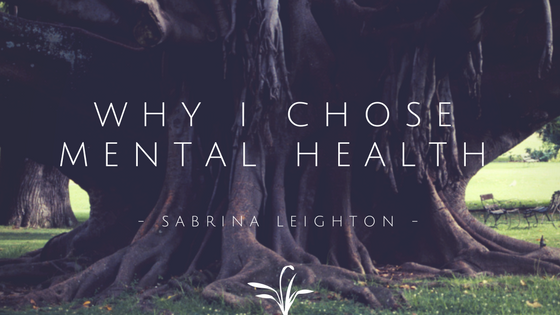Happy World Autism Awareness Day!!
- bri

- Apr 2, 2018
- 2 min read

Happy World Autism Awareness Day!!
Let’s get the facts, shall we?
· What is autism, exactly?
Autism is a bio-neurological developmental disability that typically appears before 3 years of age.
· How does it impact a person?
It impacts the normal development of the brain in areas of social interactions and leisure/play activities
· There are 5 types of autism-spectrum disorder (in DSM-5)
Pervasive Developmental Disorder- Not Otherwise Specified. PDD-NOS was one of many previously separated sub-types that is now dialed down to the single diagnosis in DSM-5, Autism Spectrum Disorder (ASD)
Autism
Asperger Syndrome: generally considered to be on the “high functioning” end of the spectrum. Those affected have difficulty with social interactions and exhibit a restricted range of interests and/or repetitive behaviors
Rett Syndrome: a neurodevelopmental disorder that affects girls almost exclusively. Characterized by normal early growth and development followed by a slowing of development, loss of purposeful use of the hands, distinctive hand movements, slowed brain and head growth, problems with walking, seizures, and intellectual disability.
Childhood Disintegrative Disorder (CDD): also known as Heller’s Syndrome and Disintegrative psychosis. A Rare condition characterized by late onset of developmental delays (or severe and sudden reversals) in language, social function, and motor skills.
· Autism is diagnosed 4 times more often in boys than girls
· Autism affects 1 in 68 children (1 in 42 boys and 1 in 189 girls are diagnosed with autism)
· 70 million people worldwide have autism (over 3.5 million individuals solely in the USA)
· Autism is one of the fastest-growing developmental disorders in the USA
· People with Autism Spectrum Disorders can range from having cognitive impairments to typical to above average IQs
· It was originally believed that autism was a form of schizophrenia brought on by a traumatic experience or bad parenting (which we now know not to be true)
· Around 40% of children who have autism do not speak. 25%-30% of children with autism have some words at 12 to 18 months. Others may speak, but usually later in childhood
· There are often co-morbid conditions associated with autism such as:
o Fragile X, allergies, asthma, epilepsy, bowel disease, gastrointestinal/digestive disorders, anxiety disorder, bipolar disorder, ADHD, Tourette Syndrome, and others
o Between 30-50% of people with autism have seizures
· AUTISM IS TREATABLE
· There is no medical detection or cure for autism
Here are the links I got a lot of my information from! Please check them out to learn more about Autism :)
https://www.autismspeaks.org/what-autism/facts-about-autism
https://autismsciencefoundation.org/what-is-autism/quick-facts-about-autism/
http://kerrymagro.com/68-things-to-know-about-autism-for-autism-awareness-month/
http://nationalautismassociation.org/resources/autism-fact-sheet/
https://www.ninds.nih.gov/Disorders/Patient-Caregiver-Education/Fact-Sheets/Rett-Syndrome-Fact-Sheet


Comments